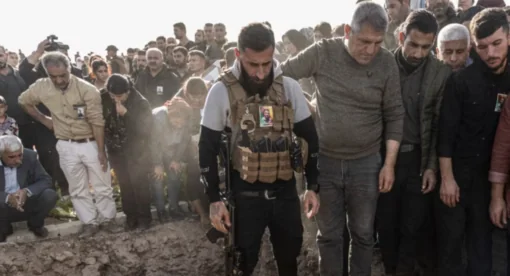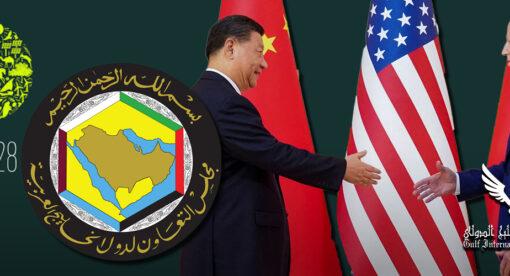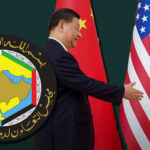Iran has spent the better part of the conflict in Gaza engaged in a war of words. Its foreign minister said as early as Oct. 15 that the conflict could spread into multiple fronts. Supreme Leader Ali Khamenei warned that Iran couldn’t be expected to hold back if Israeli attacks continued. And the deputy commander of the Islamic Revolutionary Guard Corps said Iranian-sponsored militia networks in Syria, Yemen, Lebanon and Iraq are ready to strike if Israel oversteps in Gaza. In no uncertain terms, Iran’s entry would mark a dramatic escalation in the conflict.
It’s not clear exactly what Iran’s red line is. And with the heavy cost of direct intervention against Israel – and, in that case, of inevitable confrontation with the United States – it’s also uncertain whether Iran would make good on its promises if Israel persists in its unabated campaign in Gaza. But it is clear that Iran is ready to ratchet up the pressure if it needs to.
In 2014, U.S. forces re-entered Iraq and, for the first time, stationed forces in Syria to confront the Islamic State, which was rapidly consolidating territorial control throughout the region. The fight against IS fractured the organization and crippled its capacity to launch large-scale attacks, but it also resulted in an increased presence of Iranian-backed militias, which were able to gain a stronger foothold in Iraq proper and along the Syria-Iraq border. (Iran has long employed militias to act as proxies throughout the region to extend its security and political influence in neighboring countries, build rapport in the region and pressure adversaries like Saudi Arabia, the U.S. and Israel.) This forced the U.S. to rethink its objectives in the Middle East in order to ensure that its presence in Iraq and Syria could also serve as a deterrent to Iranian ambitions.
Read more here: https://geopoliticalfutures.com/the-us-and-irans-not-quite-escalation/













